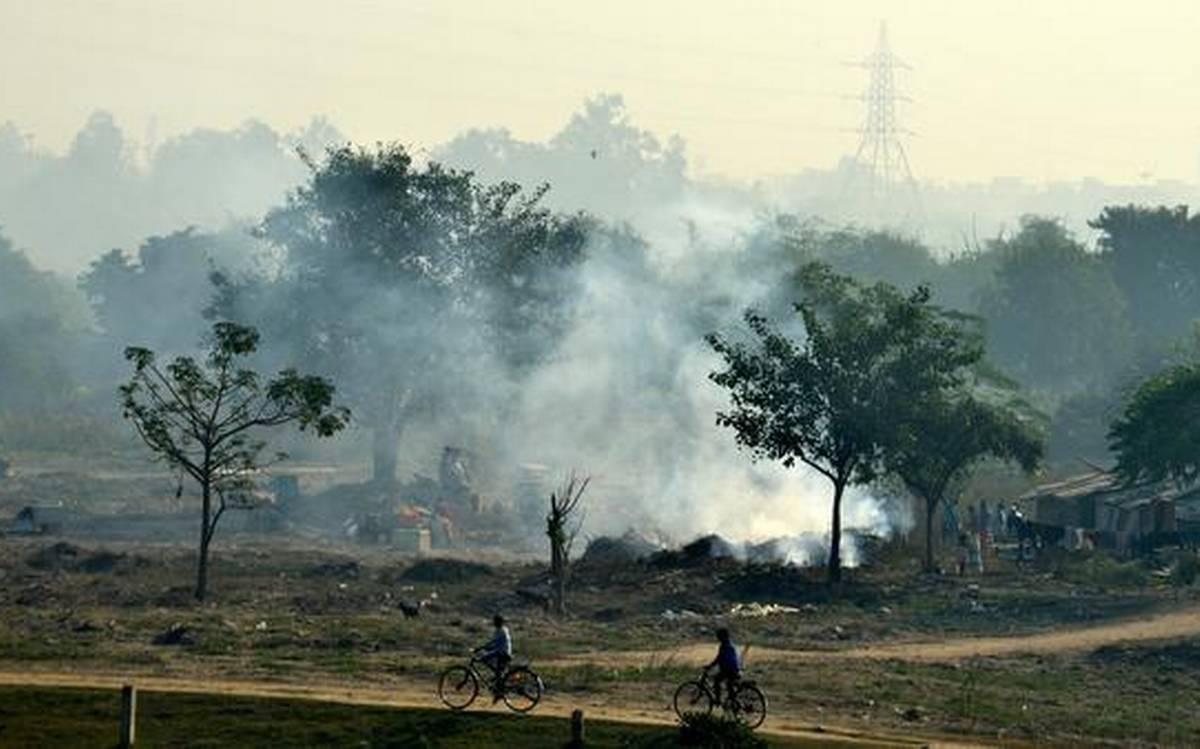According to various research, air pollution is the leading cause of premature deaths in the world. In India, It is portrayed by mainstream media as a grave health crisis for urban areas, and many cities such as Delhi, Gurugram, Noida, Lucknowmake headlines as the most-polluted regions every year, particularly during the winters. In India air pollution is generally perceived as a problem of the cities. Therefore, the government has taken initiatives such as the National Clean Air Programme to improve the air quality in urban areas.
However, people leaving in rural areas of India, which constitutes 70% of the country’s population are also exposed to air pollution levels that are on par with urban areas. There are few studies that indicate that air pollution levels are nearly similar in rural and urban areas in the Indo-Gangetic plain (IGP), which has the highest levels of pollution in India. Because air pollution is a transboundary problem, it transcends rural and urban boundaries. But the issue of rural air pollution was rarely discussed and no action plans were taken to date for its monitoring and control. Rural air pollution has usually been ignored by scientists and policymakers alike for the longest time.
Sources of air pollution in rural areas

Lack of access to clean household energy is the major contributor to air pollution in rural areas because most of the population in rural areas still depends on inefficient fuels for cooking, lighting, and household heating. Also, the traditional methods of brick production, waste, and crop residue burning are other major contributors to air pollution in rural India. Transboundary movement of pollutants from cities to rural areas is another cause of air pollution in rural India. Therefore, rural India’s air pollution problem needs more attention.
Weak Monitoring System
As per the Central Pollution Control Board (CPCB), 793 under National Air Quality Monitoring Program (NAMP) and 274 real-time monitoring stations (CAAQMS) have been installed. Most of these monitoring stations are installed only in urban areas. A quick analysis shows that real-time monitoring is nearly absent in rural areas. Therefore, due to the lack of data regarding air pollution in rural areas, it is automatically assumed that the rural air meets the national ambient air quality standards. Hence, we need strong regional monitoring systems to assess the air quality in rural areas.
Dr. VikramMor
Assistant Professor
Department of Environmental Science
Faculty of Science




